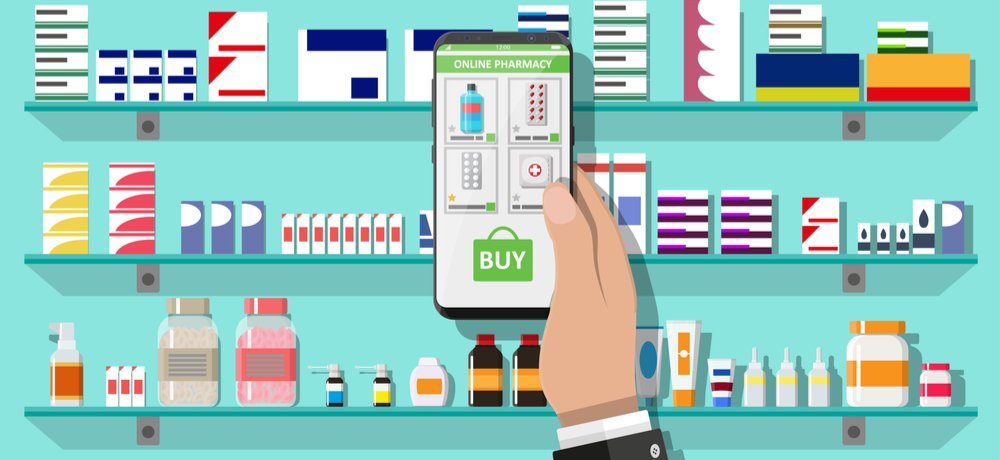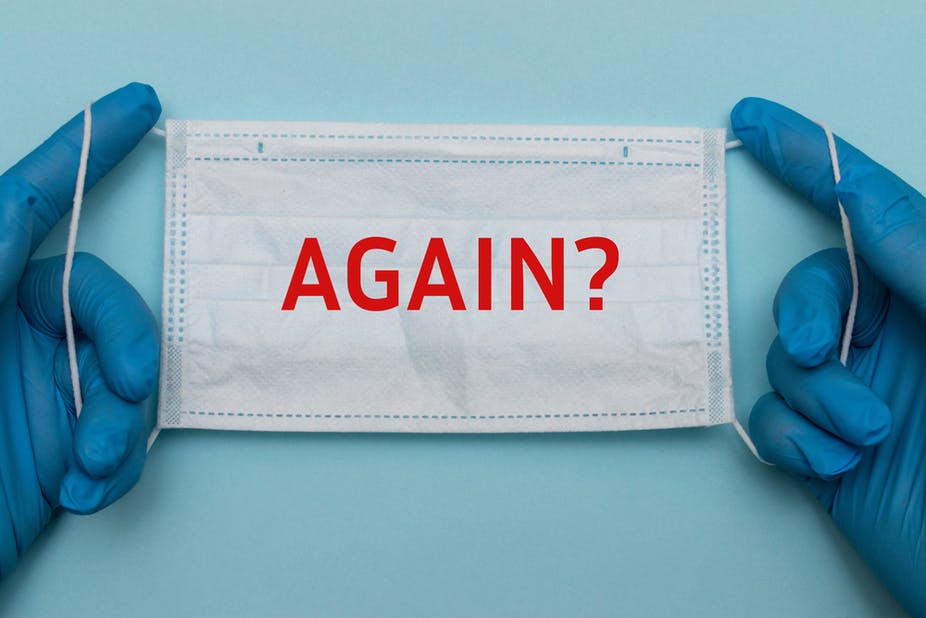You could have several personal reasons for wanting to get your meds online. Read along to discover eight reasons why switching to an online pharmacy is a sensible idea.
1. Save Time and Money
If you have a busy schedule, you have the convenience to save time by buying from a Canadian online pharmacy that you trust. You can get all the meds you need from one pharmacy.
An online pharmacy prevents you from making weekly or monthly trips to your local pharmacy. This helps you to save money on gas and get the prescriptions you need with a click of a mouse.
2. Quality Meds
Using an online pharmacy makes it easier for you to get access to quality meds.
If you’re unable to leave your home, you have the option to receive a wide variety of meds that are also available from your local pharmacy. You can compare prices at online pharmacy from the comfort of your home
3. Safety
During this difficult time of COVID-19 environment, avoiding Face-To-Face interactions will reduce your exposure not only to COVID-19 but also to any infectious disease.
4. Professional Support
The best online pharmacy can provide you with exceptional customer support. Reputable online pharmacies work around the clock to resolve questions about orders.
Regardless of the time of day, you can speak with a polite pharmacy technician. They can inform you about the proper dosing, drug interactions, and other information about your medication.
5. Availability of Medications
A local pharmacy might not have enough room to store enough medications. Some of these medications might also be out of stock.
You have the alternative to use an online pharmacy. ADV-Care Pharmacy has access to all manufacturers & wholesalers to dispense any medication available in Canada. This prevents you from driving around to different local pharmacies to get what you need.
6. It’s Discreet
You might need privacy when you’re getting your medications. Shopping online from an online pharmacy provides you with just that.
Every order you place online will be discreetly shipped on your behalf. This prevents you from worrying about people knowing what medications you’re taking.
7. Speedy Home Delivery
Once you place an order with ADV-Care pharmacy, you can expect a speedy shipment. Depending where it is shipped orders can arrive in 7-15 days with our automated refill reminder, you never run of your medication
8. Large selection of OTC and prescription Meds
Online pharmacies provide a variety of medications. This makes it easier for you to get everything you need from one location.
This is also beneficial if you’re getting medications for your family members. You can get medications for your parents, children, and other members of your family.
Choose the Online Pharmacy That Fits Your Needs
These benefits show that an ADV-Care online pharmacy could be a great solution for you. Nowadays, it’s easier than ever for you to shop for your medicines from the comfort of your home.










